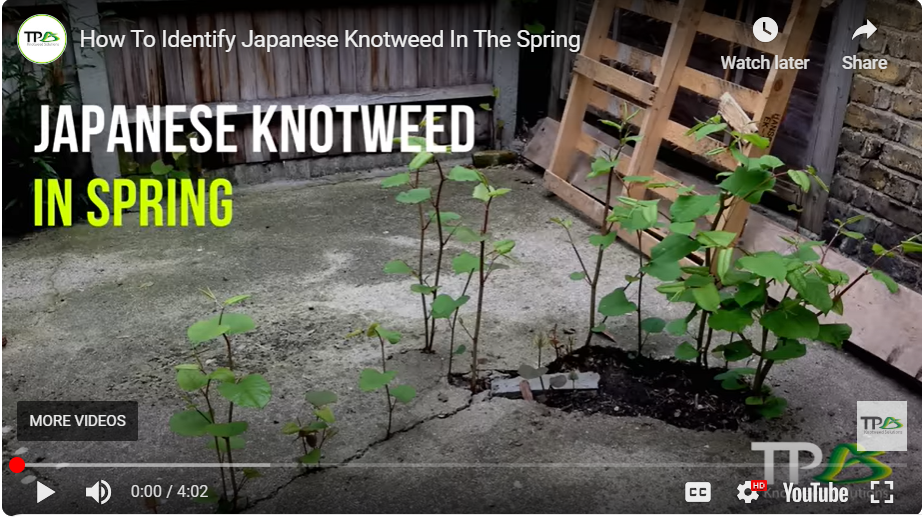What is Japanese Knotweed?
Japanese knotweed (Fallopia japonica) is a highly invasive plant species originally introduced to the UK in the 19th century as an ornamental plant. Japanese Knotweed has become notorious for its rapid growth and resilience. It can grow up to 10cm per day during its peak growing season, forming dense thickets that quickly kill native plants.
Why is Japanese Knotweed Such a Serious Problem?
- It can cause severe structural damage: Its robust and super-fast-growing root system can penetrate foundations, walls, and drainage systems, causing significant structural damage.
- It can lead to property devaluation: Properties affected by Japanese Knotweed may experience decreased value and face challenges during buying or selling.
- You are legally obliged to manage it: In the UK, property owners are legally obligated to manage and prevent the spread of Japanese Knotweed from their land to adjacent properties.
- It causes biodiversity loss: The plant's aggressive growth can outcompete native species, reducing biodiversity in affected areas.
Identifying Japanese Knotweed Throughout the Seasons
Early Spring:
In early spring, Japanese Knotweed emerges as reddish or purple shoots resembling asparagus spears. These young shoots are typically 10-30cm tall and may have dark red or purplish veins. As they grow, spade-shaped leaves begin to unfurl from the stems.
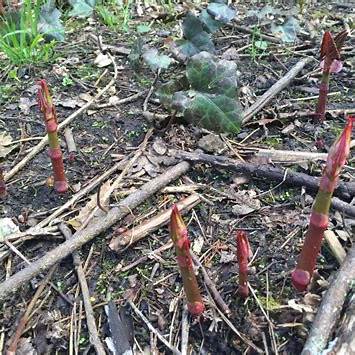
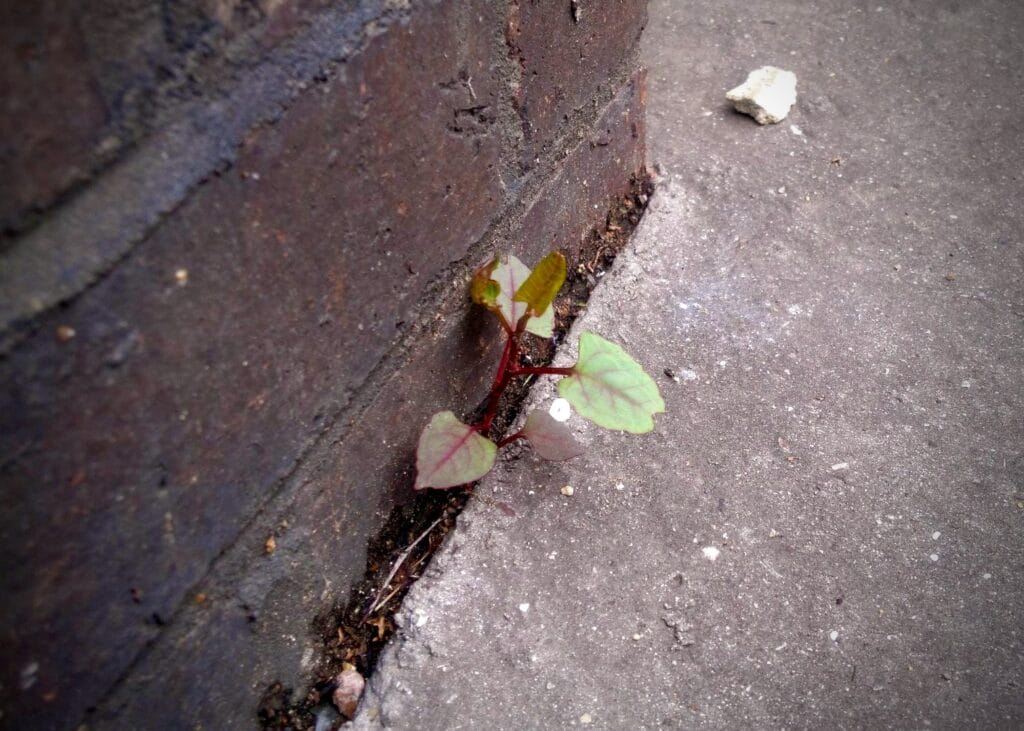
Late Spring to Summer:
As the plant matures, stems become hollow and bamboo-like, featuring distinct nodes and a zigzag pattern. Leaves are bright green, spade-shaped, and arranged alternately along the stem. During late summer, clusters of small, creamy-white flowers appear, forming dense clusters on thin spikes around 10cm long.
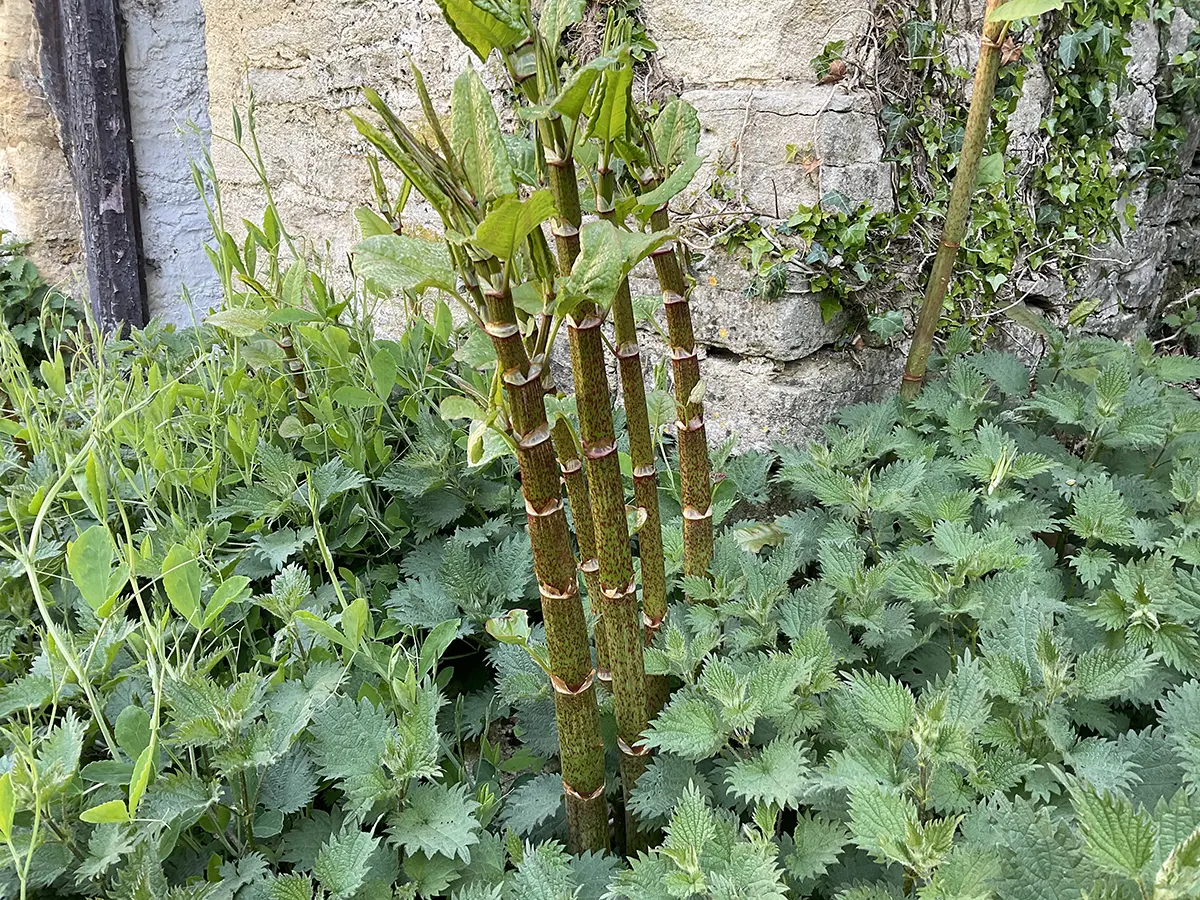
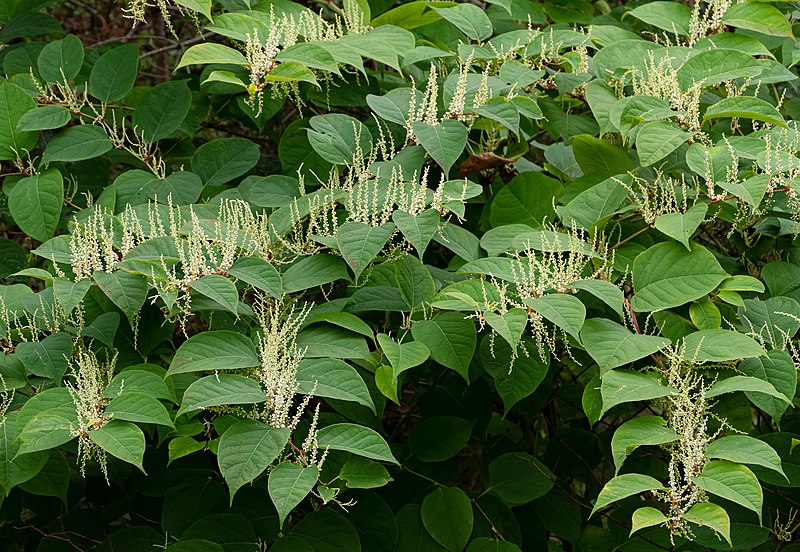
© https://www.knotweedservices.co.uk/how-to-identify-japanese-knotweed-in-the-summer/
Autumn to Winter:
In autumn, the plant's leaves turn yellow and fall off, while the stems die back, leaving behind brown, woody canes that remain throughout winter. These dead canes can aid in identifying infestations during the winter.
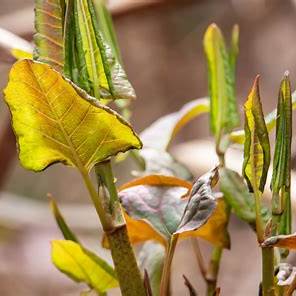
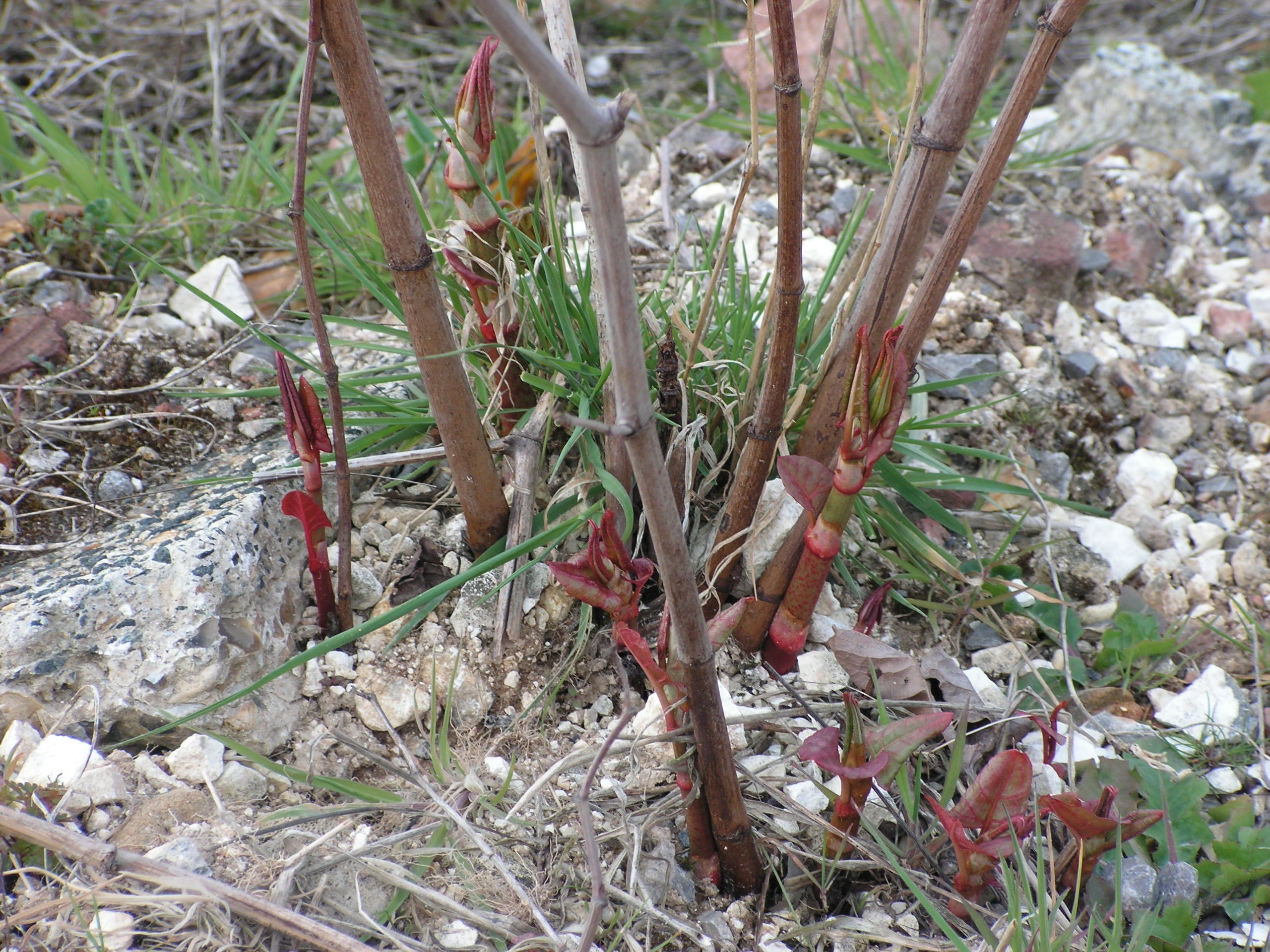
Early Detection – Look out Now
Spring is a critical time to identify and manage Japanese Knotweed before it becomes more challenging to control.
Early detection and management are essential, and there are many free plant identifier tools available. Many companies also offer free identification services online / in person.
For further reading and finding out more about your legal obligations visit Stop Japanese Knotweed from Spreading Advice from gov.uk
For a visual aid for identifying Knotweed in the spring, have a look at the following video:

Need Conveyancing?
When you sell or buy a property with us we will ask for your property conveyancer/solicitor details.
We can recommend good local agents, contact us for more information

How Much is Your Property Worth?
Not sure how much your property is worth? Request a free, no obligation valuation for your property.
Book a Valuation